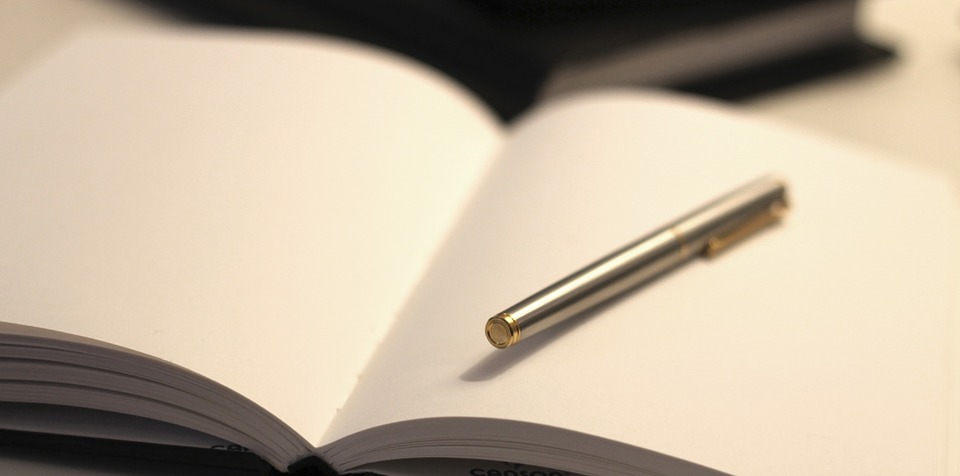Practice Log – The Introduction
My first exposure to the concept of a practice log was in Phil Farkas’ Art of Horn Playing. In that book he shows a sample practice log featuring things like different warm-up exercises (lip trills, transposition, scales), etudes, and pieces of music – along with the length of time that he has worked on them. As a high school kid, I, of course, read the information and quickly forgot about.
The Practice Log Returns
I’m sure that my horn professor in my undergraduate mentioned logging practice time and repertoire at some point, but it wasn’t until I went to the University of Louisville and studied with Bruce Heim that I actually started recording my practice. He recommended writing down what you do during your practice sessions – both the warm-up and the actual musical portion of the session – for several reasons:
- His warm-up has several rotating parts. For example – he doesn’t practice every single scale or harmonic series every single day – during a busy week, it’s easy to lose track of what you’ve done. Having a record of what you have done allows you to cover a lot of material in small chunks, without fear of backtracking or skipping ahead.
- If you’re preparing for an audition (or multiple auditions) it’s likely that you’ve got a lot of different excerpts and/or solo pieces to go through. If you’re not keeping track of what you’re practicing, it’s easy to skip over a familiar excerpt or piece and not realize it until it’s too late. Trust me, that’s not fun.
- As an extension of the above point: every now and then it’s a good idea to “rebuild” an excerpt from the ground up – there may be mistakes or blind spots you don’t even realize exist. To support this, it’s good to be able to look back and figure out what you did 2 weeks, 2 months, or even 2 years ago!
- If you’re not careful, practice can easily switch from an engaged activity to one where you’re on autopilot. This type of practice, while occasionally useful for things like scale memorization, can be detrimental if you do it regularly. Being accountable to your practice log (and whoever may be looking at it) can force you to carefully consider what to practice and how to practice it.
Great, I’m Convinced! How Should I Record My Practice?
Back when I was in grad school my practice log was quite simple – some notebook paper in a binder – but now, in the interest of both legibility and long-term storage, I put just put them in my Google Drive so that I can add to them anywhere.
The easiest way to get started is just to use notebook paper and a pencil. If you want something more structured, I have a two-page sample practice log available on my Horn Exercises page (just scroll down and look under “Other Information”). Notice the sections to keep track of your current tempos and there are some empty spaces to fill in techniques you may be working on that I didn’t include.


Leave a Reply
You must be logged in to post a comment.